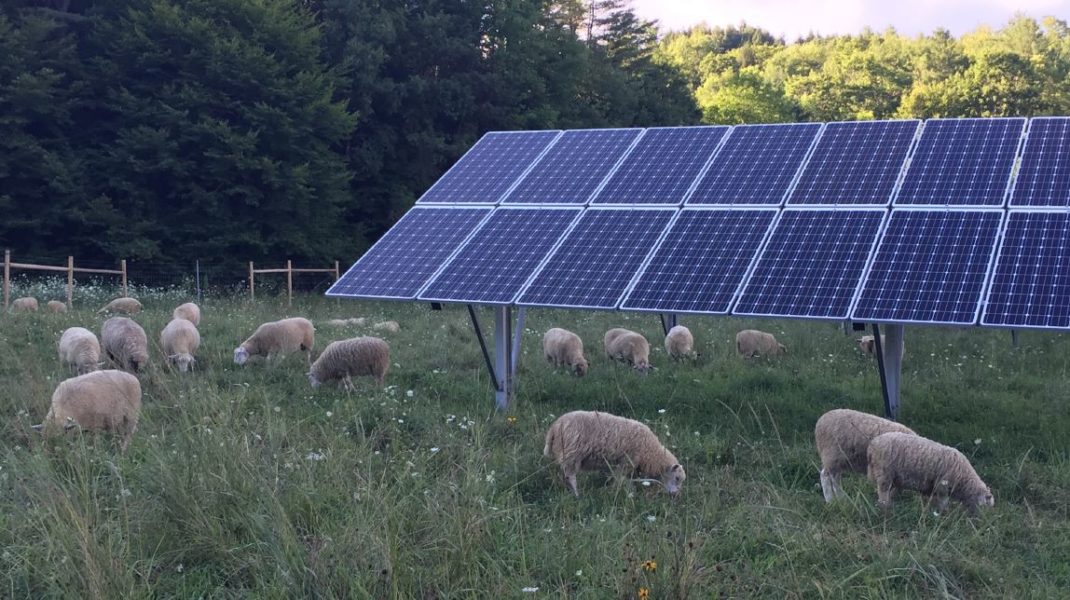The Micro Renewable Energy Federation (MREF) has welcomed the publication of updated minimum specifications for the installation of solar PV systems by the Department of Agriculture, Food and the Marine (DAFM).
The federation has also welcomed the confirmation that a rail-less mounting systems for installing solar PV panels under the Targeted Agriculture Modernisation Scheme (TAMS) grant process will be permitted.
MREF chair, Pat Smith, said that the department had taken a “practical and sensible” decision in approving rail-less systems.
He said these are widely used on roof installations across the world and, depending on the structure of the roof, are an equally effective means of attaching solar PV panels securely.
They can also be less expensive than alternative hanger bolt and rail options, according to the MREF.
Rail-less mounting
The hanger bolt and rail system installation involves bolts being screwed into timber/steel purlins with rails attached above the roof surface, and the solar PV panels then attached to these rails.
The MREF said that this system installation normally adds around 5-7% to the installation costs as components are more expensive and the installation time can take longer.
Rail-less installation systems involve mini rails being attached directly at the crowns of the galvanised roof sheets with panels placed immediately on top of these.
Smith said that a hanger bolt and rail system is the only option on fibre cement and space-sheeted roofs.
In relation to space sheeting, Smith said that these new rules are more workable as panels will now need to be 100mm above the sheet instead of the 150mm initially proposed.
But, as with other layout restrictions, the MREF said that this will add complexity and some additional costs as the installation will take longer to complete.
The federation has also reminded farmers of the requirement to have safety cages fitted under roof lights in advance of installations.
Any internal agitation points need to be removed from the building where the panels are being installed or where inverters or any part of the solar PV system is being installed in order to qualify under the TAMS regulations.
Smith said that he understood that farmers that have applied under Tranche 1 of TAMS for grant support to install solar PV will start to be notified in the coming days.
Funding for solar
Meanwhile, the MREF has called on environment minister, Eamon Ryan to review his decision to cut the domestic solar PV grant by 12.5% from January 1, 2024.
MREF chair Pat Smith said: “This decision sends a very negative message to households up and down the country planning to do their bit to reduce carbon emissions by installing a solar PV renewable energy system in the coming years.
“The domestic solar PV grant also underpins thousands of jobs in small and medium-sized micro-gen companies right across the country.
“This decision to reduce it will negatively impact the number of domestic solar installations that will be achieved during 2024.
“Not alone should the grant be retained at its current level without any reduction, it should also be increased to a minimum of €3,000 for those homes that plan to install a battery system along with their solar PV installation,” Smith concluded.
